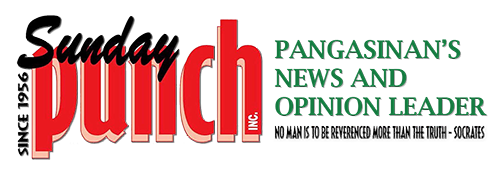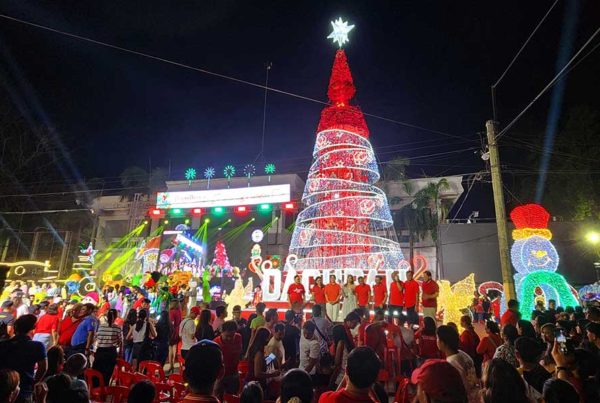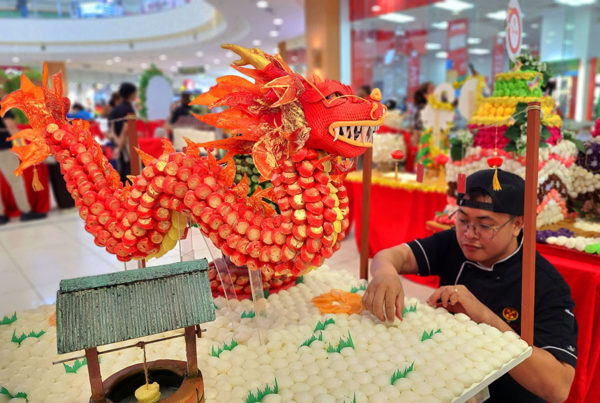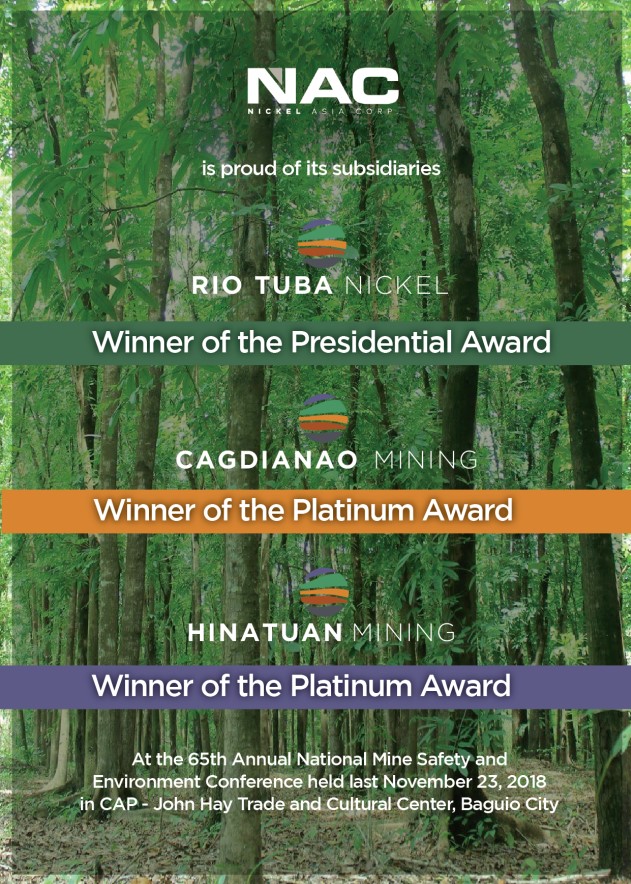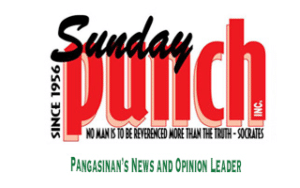Gen. MacArthur Lands in Pangasinan (Jan. 9, 1945)
Editor’s Note: The pictures are from the collection of Mr. John Kelly of Battle Creek Michigan, USA. The PUNCH wishes to thank him for volunteering to share his collection with Pangasinenses.
LINGAYEN CAPITOL BUILDING BEFORE THE AMERICAN LANDING —With American forces under Gen. Douglas MacArthur landing at four points in Lingayen Gulf, the Capitol Building was used as a landmark and target. (AP Wirephoto) (NRW31955RCL) (FX4—Jan. 10, 1945)
YANKS ESTABLISH LUZON BEACHHEAD—Coast Guard-manned landing barges grind their bows into the sands of Luzon in the Philippines on January 9. (Official Coast Guard photo, US Coast Guard, Washington, D.C.-3843)
THROUGH FIRE AND WATER TO LUZON—From Coast Guard-manned landing barges, the American forces struggle through a deep-crashing surf to hit the beaches of Lingayen Gulf on Jan 9. One barge became snagged on a sand bar and the assault troops on board struggled shoreward through deep water, encountering difficulty with the treacherous currents. Some drowned while others died from the Japanese army’s deadly fire rattling out from the underbrush from the shoreline. (Official Coast Guard photo, US Coast Guard, Washington, D.C.-3855)
AHEAD LIES LUZON—A line of Coast Guard-manned barges sweep through the waters of Lingayen Gulf from Coast Guard-manned invasion transports standing off shore, carrying the first wave of invaders to the beaches of Luzon. The troops went in after a heavy naval bombardment of Japanese shore positions on January 9. (Official Coast Guard photo, US Coast Guard, Washington, D.C.-3856)
WATER NO BARRIER TO MANILA-BOUND DOUGHBOYS,—With rifles held aloft, men in the first wave of American invading forces wade waist-deep as they cross a stream en route to San Fabian. (V-2-7-45)
YANKS IN SAN FABIAN, FIRST LUZON TOWN TAKEN—Residents mingle with American troops in front of the San Fabian Municipal Hall, one of the first towns on Luzon Island recaptured by Gen. MacArthur’s forces. (AP Wirephoto from Signal Corps Radiophoto) (F31356-45) (WX8—Jan. 16, 1945)

LINGAYEN CAPITOL WRECKED— American soldiers of the 40th Division inspect the heavy damage inflicted on the Capitol Building of Lingayen on Luzon Island after the Japanese used it as a base to stop the American landings on Lingayen Gulf. (FX7—Jan.19, 1945)
TRAFFIC RESUMES OVER DAGUPAN BRIDGE—Filipinos and U.S. soldiers walk in file as they cross a Dagupan bridge shortly after army engineers repaired it. The retreating Japanese army had attempted to destroy the bridge after the Americans began the invasion on Luzon Island. (Jan 19, 1945)
SAN FABIAN TOWN HALL WRECKED—American soldiers and natives discuss rehabilitation plans in front of the San Fabian Town Hall, which was damaged during the pre-invasion naval bombardment in the area. (AP Wirephoto) (ECH061400 A/PL) (FX9—Jan. 19, 1945)
YANKS PROVIDE FERRY SERVICE VIA LCM—Three Filipino women carrying baskets filled with vegetables on their heads, walk from an LCM (Landing Craft Mechanized) after being ferried across the Calmay River to the market area in Dagupan City. (AP Wirephoto)(W60400A/PL) (FX3—Jan. 19, 1945)
GOD BLESS AMERICA—A group of Filipino girls rehearse the singing of “God Bless America” for a scheduled liberation ceremony in Dagupan City. The lyrics of the song are written on a blackboard set up on the porch of the house. (AP Wirephoto from Signal Corps) (TJH30700SIG GPS) (NY3—Feb. 6, 1945)
The Pangasinan Provincial Capitol
Lingayen, Pangasinan
